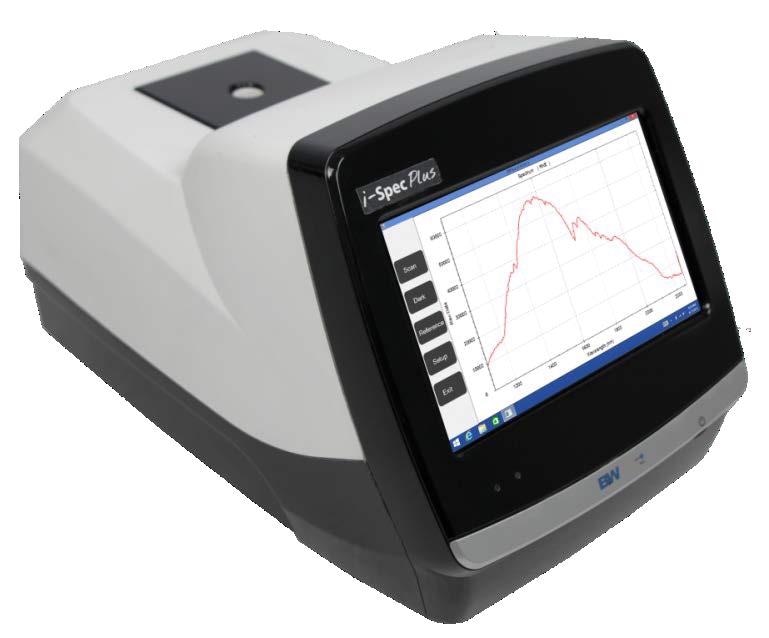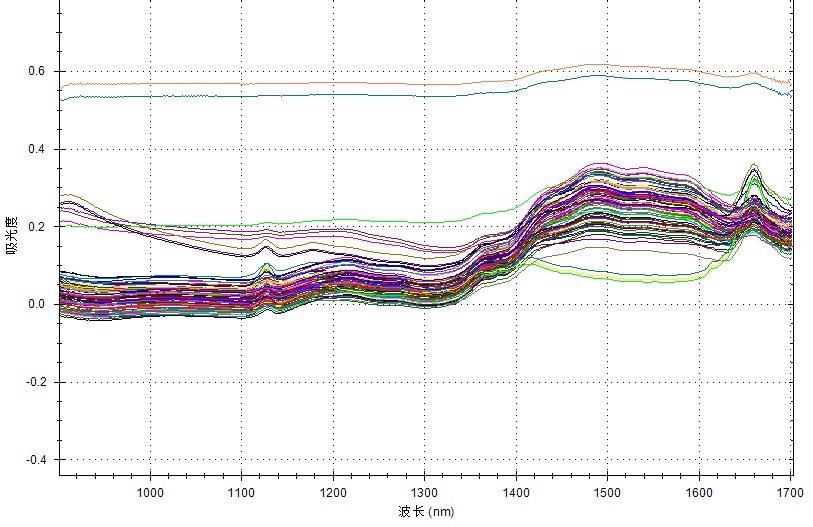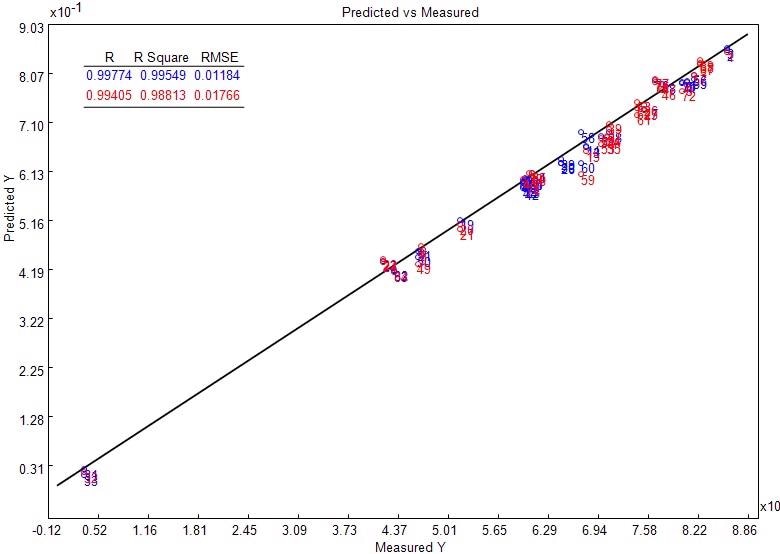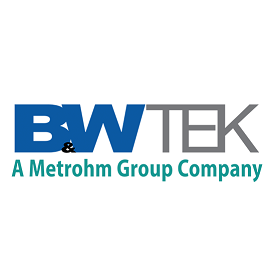Textile materials, such as silk, polyester, and cotton are used for bedding, clothing, and cloth toys like stuffed animals. As certain materials are significantly cheaper than others, counterfeiting becomes uncontrollable as manufacturers use polyester/cotton blend in place of pure cotton, polyethylene terephthalate (PET) instead of silk, and wool/acrylic fiber blend instead of pure wool.
Traditionally, laboratories analyze the samples received using destructive analytical techniques - such as chromatography - where sample pre-treatment with strong acids like nitric acid is needed. This process is time-intensive and harmful to the researchers and the environment. These techniques are also not adequate to determine counterfeit textiles on the spot.
NIR Spectroscopy
NIR spectroscopy is a non-destructive, rapid and efficient technique that requires no sample preparation. This method is also accurate and environmentally friendly, with applications in the fields of pharmaceuticals, agricultural products, tobacco, chemicals, and food.
When used for the rapid determination of textiles, NIR spectroscopy does not require strong chemical solvents to dissolve the samples, and it not only enables non-destructive sampling, but also ensures operator safety and eliminates the release of hazardous materials into the environment.
i-Spec Plus Portable NIR Spectrometer with BWIQ Chemometric Software
The B&W Tek i-Spec Plus NIR spectrometer is a portable instrument that can be used on-site for direct analysis, which simplifies the process of controlling counterfeit textiles. The complete near infrared system features a built-in integrating sphere and a touchscreen-enabled tablet PC, allowing full portability.
The combination of an optional external battery pack and on-board spectral collection software enables users to perform on-site testing. It is also possible to connect the spectrometer to an external PC, allowing users to use the BWSpec and BWIQ software for data collection, application development, and execution of chemometric analysis for subsequent quantitative analysis.

Figure 1. The B&W Tek i-Spec Plus NIR spectrometer
Spec Plus is available in two versions: one with 3.5 nm resolution and spectral range of 900 - 1700 nm, and the other with a spectral range of 1100 - 2200 nm. BWIQ is the chemometric analysis software by B&W Tek that comprises of the common pretreatment methods and multiple regression methods, including partial least squares (PLS), principal component regression (PCR), and support vector regression (SVR) for non-linear modeling.
The software helps users through the construction of a model, ultimately simplifying a typically complex process with fast computing and simple variable adjustments.
Experimental
The i-Spec Plus portable NIR spectrometer with a resolution of 3.5 nm and a spectral range of 900 - 1700 nm was used to collect the diffuse reflectance NIR spectra (Figure 2). Scans were performed with an integration time of 1200 µs with 32x averaging.
The samples tested were blended fabrics of varying polyester and cotton content, with polyester fiber content of 0.144% to 0.969% (percentage by mass) and copper content of 0.031% to 0.856%. The total number of samples measured was 27, with 3 scans per sample.

Figure 2. NIR spectra of textiles with different cotton content
Results and Discussion
For each sample, the cotton and polyester fiber content values were confirmed using Gas chromatography-mass spectrometry (GC-MS). Using PLS, a calibration model was then created in BWIQ. Savitsky-Golay pretreatment was used to mean-center and smooth the data collected.
For the cotton content in the textile, the PLS model consists of 7 PLS factors and provides a linear fit as can be observed in the 45-degree plot of the expected values against measured values. The validation set is represented is in red, and the training set samples are represented in blue.
From the results shown in Figure 3, the R2 coefficient was found to be 0.996 and the root mean square error (RMSE) of the training set and validation set were found to be 0.01184 and 0.01766, respectively. The RMSE value for both the validation and training set reveals that the model built is good enough to predict new textile samples.

Figure 3. PLS regression of cotton content
Conclusion
The i-Spec Plus is suitable for quantitatively analyzing cotton and polyester fiber content in textiles in an accurate and non-destructive manner. The compact design and portability provides users with the ability to perform analysis on-site for various applications and industries such as pharmaceuticals, textiles, and food.
The unique capability of toggling between the onboard tablet and an external PC on the i-Spec Plus provides the unit with even more utility. Users can carry out sophisticated chemometrics and modeling with BWIQ when a PC is used. When working on the tablet, users can carry out onsite analysis using the quantitative models to provide results in real time for specialized applications. B&W Tek also helps users with further development and technical support to address their specific application needs.

This information has been sourced, reviewed and adapted from materials provided by B&W Tek.
For more information on this source, please visit B&W Tek.